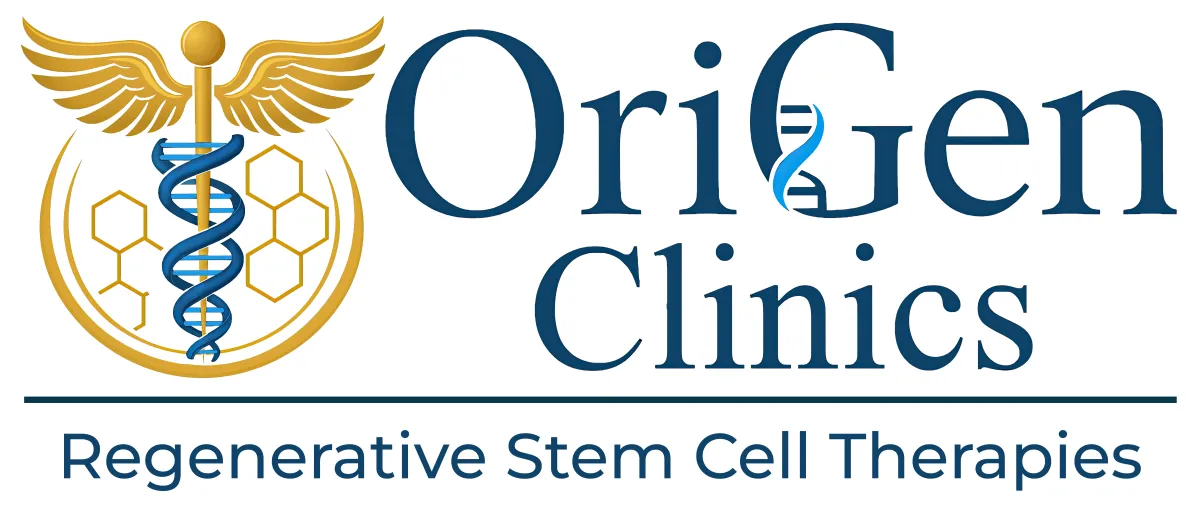When people think of healing, they often imagine time doing the work. Rest, medication, waiting things out. But healing — real, structural healing — depends on the body’s ability to repair tissue at the cellular level. And that process doesn't always happen the way it should.
Over time, inflammation, stress, and degeneration can interfere with the body’s ability to replace damaged cells, restore structure, and maintain healthy function. Joints become stiff. Muscles weaken. Tendons fray. The systems are still there — they’re just not doing the work they used to. That's where regenerative therapy steps in.
At OriGen Clinics, we use stem cell-based therapy to support the body’s own repair process. These treatments don’t override biology — they work with it. By introducing regenerative signals into damaged or deteriorating tissue, we aim to activate the body’s natural ability to rebuild from within. It’s not about covering up symptoms. It’s about helping tissue regenerate in ways it may no longer be doing on its own.
Regeneration doesn’t mean growing something new overnight. It means restoring a healthier environment for cells to repair, multiply, and organize correctly. That can lead to stronger tissue, better structure, and improved function — all without cutting, replacing, or suppressing the problem.
We see this kind of repair most often in:
- Joint cartilage that’s worn but not yet gone
- Tendons and ligaments with microtears or chronic strain
- Soft tissue inflammation from repetitive stress
- Muscle recovery following injury or atrophy
- Skin and scalp areas affected by age or trauma
For regeneration to work, there has to be something left to work with. That’s why we take the time to evaluate every patient carefully — to understand whether the tissue is still responsive, whether the damage is reversible, and whether this approach is the right one for the situation.
This isn’t a quick fix. It’s not an alternative to emergency care or surgical repair when that’s truly needed. But for people who are still in the middle — not severe enough for surgery, but not responding to rest, medication, or therapy — regenerative care may offer a path forward that isn’t about “just living with it.”
Our goal is simple: to support what the body still has. To give it the signal, the space, and the tools it needs to heal — the way it’s supposed to.
COMPANY
CUSTOMER CARE
LEGAL

497 North Main Street, Suite D, Kaysville UT 84037
© Copyright 2025. OriGen Clinics. All Rights Reserved.









